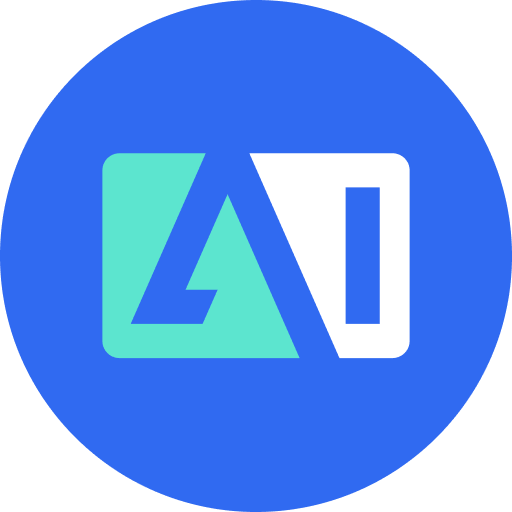The barrier to AI model training is being significantly lowered. A brand new open-source project called nanochat has emerged, allowing ordinary developers and AI enthusiasts to build a fully functional chat AI system at an extremely low cost. This project, hailed as the best ChatGPT implementation under $100, offers a one-click process from data processing to deployment with a concise code stack, greatly reducing the technical barrier.
nanochat is not just a model but also a complete teaching tool that helps users deeply understand the entire training process of large language models. This open-source implementation, starting from scratch, is designed for education and experimentation. Unlike previous tools that focused only on pre-training, nanochat builds an end-to-end chat model pipeline, covering model training, fine-tuning, evaluation, and interactive deployment.

Project URL: https://github.com/karpathy/nanochat
The entire system consists of approximately 8,000 lines of code, with minimal dependencies, making it easy to read and modify. Users need only start a cloud node equipped with 8 H100 GPUs, costing about $24 per hour, and run a single script called smoothrun.sh to complete the entire process in about 4 hours.
The specific process includes data preprocessing, extracting and shuffling training data from high-quality corpora such as FineWeb-Edu, supporting distributed efficient loading. Tokenization training uses a fast tokenizer written in Rust, supporting a vocabulary size of 65,536, and reserving chat-specific markers. The pre-training phase uses PyTorch to train a Transformer model on GPU, evaluating core metrics such as loss functions and speed. The intermediate training and fine-tuning stages integrate the SmolTalk dialogue dataset, multiple-choice questions, and tool usage examples for supervised fine-tuning, optionally using reinforcement learning to optimize mathematical tasks. Performance evaluation tests world knowledge, math, and code generation benchmarks, outputting a Markdown report card for quantitative comparison.
Finally, the user will get a small ChatGPT clone that supports command-line or web interface interaction, capable of generating stories, answering simple questions, and even handling basic tool calls like a Python interpreter sandbox.
The biggest highlight of nanochat is its people-friendly design. With a budget of $100, a 4-hour training session can create a basic chat model, which occasionally produces entertaining outputs but can engage in simple conversations. Expanding to 12 hours of training allows it to surpass GPT-2's core metrics. Further investment of around $1,000 over 41.6 hours significantly improves the model's coherence, enabling it to solve basic math and code problems, achieving a 40% accuracy rate on MMLU, 70% on ARC-Easy, and 20% on GSM8K.
For example, a model with a depth of 30 trained for 24 hours, equivalent to one-thousandth of the computation of GPT-3Small, performs well in multiple-choice tests. This not only proves the feasibility of efficient training but also provides a benchmark reference for developers with limited resources.
As the capstone project of the LLM101n course, nanochat aims to provide a unified, minimal, readable, and modifiable strong baseline stack. It encourages community forks and optimizations and has been regarded as a potential research platform or benchmark suite. Compared to black-box APIs, nanochat emphasizes open-source control, allowing learners to engage in the full workflow from data to reasoning, truly mastering the core technology of ChatGPT.
The project is currently open-sourced on GitHub, with enthusiastic community feedback. As optimization and iteration continue, nanochat has the potential to become a benchmark in the AI education field, encouraging more people to participate in model building.
In the wave of AI democratization, nanochat acts like a surgical knife, precisely peeling back the mystery of large language models. It proves that great models are not out of reach but can be achieved through a few lines of code and a few hours of computation. This project not only lowers the barrier to AI learning but also provides developers with a transparent, controllable, and easy-to-understand complete training process, giving more people the opportunity to deeply understand and master the core principles of AI technology.
